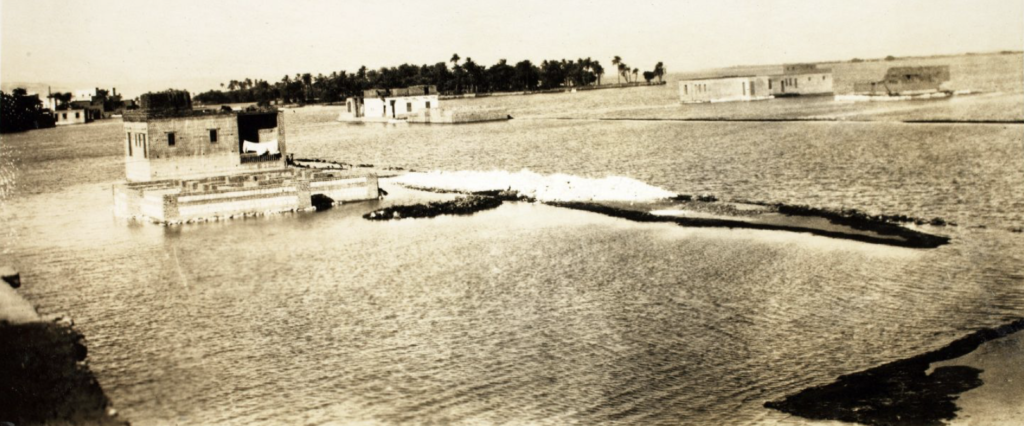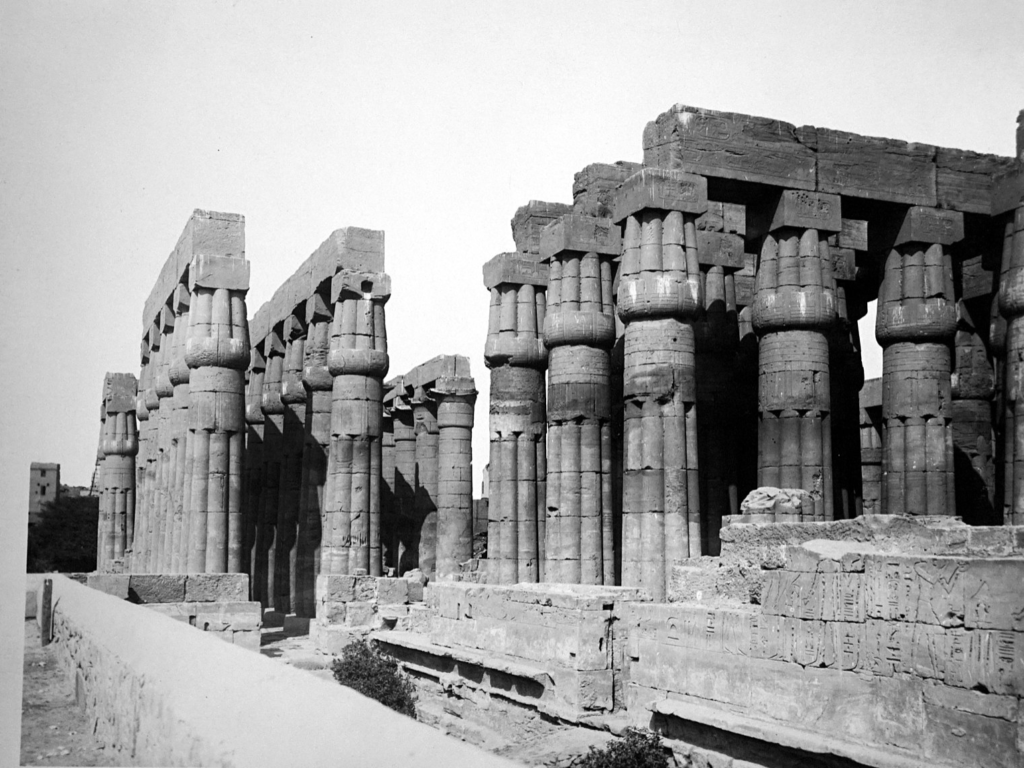
The Nile River in ancient Egypt was a source of food, commerce, and religious inspiration. The people worshipped the river and included it in their spiritual lives.
In this article, we are going to take a deeper look into the Nile River’s importance to ancient people and see how it influenced all matters in their lives.
Origins of the Nile River

The Nile River has its origins in the highlands of East Africa. The river begins as the Kagera River, which flows out of Lake Victoria.
The Kagera River then joins with the Ruvyironza River to become the Nile.
The Nile flows through Uganda, Sudan, and Egypt before emptying into the Mediterranean Sea.
General Importance of the Nile River in Ancient Egypt
The Nile River was the lifeblood of ancient Egypt.
The river irrigated the fields that produced the food that fed the people and the animals.
The river was also used to transport goods and people.
The ancient Egyptians built a system of canals and dams to divert the water of the Nile River to the fields.
The Yearly Flooding

The flooding of the Nile River was an important natural event in ancient Egypt. The flooding occurred each year in the summer, and it was necessary for the farming cycle.
The flooding deposited rich silt on the river banks, which was essential for growing crops.
Famous Landmarks Along the Nile River in Ancient Egypt
Some of the most famous landmarks along the Nile River in ancient Egypt include the pyramids of Giza, the Sphinx, and the temples of Karnak and Luxor.
Pyramids of Giza

The pyramids of Giza are some of the most famous and recognizable structures in the world. They are also some of the oldest, most mysterious, and largest man-made structures on the planet.
The first pyramid, the Pyramid of Djoser, was built in the 27th century BC, and the last pyramid, the Pyramid of Menkaure, was built in the 25th century BC. Together, the three pyramids of Giza are the largest and oldest of the pyramids in Egypt.
The exact purpose of the pyramids is still unknown, but there are many theories about why they were built. Some people believe that they were built as tombs for the pharaohs, while others believe that they were used as giant astronomical observatories. The truth is that we still don’t know exactly what they were used for, but they are an incredible and impressive feat of engineering nonetheless.
The pyramids are made of limestone, and they are built in the shape of a pyramid. The pyramid’s sides are smooth and angled at about 53 degrees, and the top of the pyramid is pointed. The pyramids are built on a square base, and the height of the pyramid is equal to the length of the base. The sides of the pyramid are lined with granite stones, and the pyramid’s interior is filled with rubble.
The pyramids are a testament to the engineering skills of the ancient Egyptians. They were able to build these massive structures without using modern tools or machinery. It’s still a mystery how they were able to move the stones so accurately and precisely, but it’s clear that they put a lot of thought and effort into constructing the pyramids.
The Sphinx

The ancient Egyptian Sphinx is a limestone statue of a reclining or couchant Sphinx with the head of a human and the body of a lion. The original Sphinx was built in the early 18th dynasty by Pharaoh Amenhotep II, the son of Thutmose III. It is located at the entrance to the Temple of Karnak in Luxor, Egypt.
The Sphinx is carved from a single piece of limestone and is about 20 feet long and 10 feet high. It has the head of a human and the body of a lion. The Sphinx is a masterpiece of ancient Egyptian art. It was carved from a single piece of limestone and is about 20 feet long and 10 feet high.
The ancient Egyptian Sphinx was carved from a single piece of limestone and is about 20 feet long and 10 feet high. It is a masterpiece of ancient Egyptian art and symbolizes strength and power. In addition, it is a symbol of the sun god Ra.
Karnak Temple Complex

The Karnak temple complex is located about 3 kilometers north of the modern city of Luxor, Egypt. It is one of the largest religious complexes globally and is the second-largest ancient religious site in the world after Angkor Wat in Cambodia. The temple complex was originally constructed from c. 1400 BC to c. 100 AD and was subsequently used by the Roman, Coptic, and Islamic religions.
The temple complex is dedicated to the god Amun and comprises a series of temples and chapels, including the Great Temple of Amun, the Temple of Khonsu, and the Temple of Mut. The complex is surrounded by a large wall and contains many obelisks and other monuments.
Luxor Temple Complex

The Luxor temple complex is located about 4 kilometers south of the Karnak temple complex and is dedicated to the god Luxor.
The temple complex is surrounded by a large wall and contains a large number of obelisks and other monuments.
Myths and Legends Associated with the Nile River
The Nile River has been a source of fascination and mystery for thousands of years. It was the lifeblood of ancient Egypt, and it was believed to be home to many gods and goddesses. Here are some of the most popular myths and legends associated with the Nile River in ancient Egypt:
- The god Khnum created the Nile, who fashioned it from clay on his potter’s wheel.
- The god Hapi was responsible for the annual flooding of the Nile River.
- The goddess Isis was the protector of the Nile River.
- The god Osiris was the god of the dead, and it was believed that his spirit dwelt in the Nile River.
- The god Sobek was the god of the Nile River, and it was believed that he could control the floodwaters.
- The god Thoth was the god of wisdom, and it was believed that he could read the future in the patterns of the Nile River.
- The goddess Maat was the goddess of truth and justice, and it was believed that she could judge the souls of the dead.

